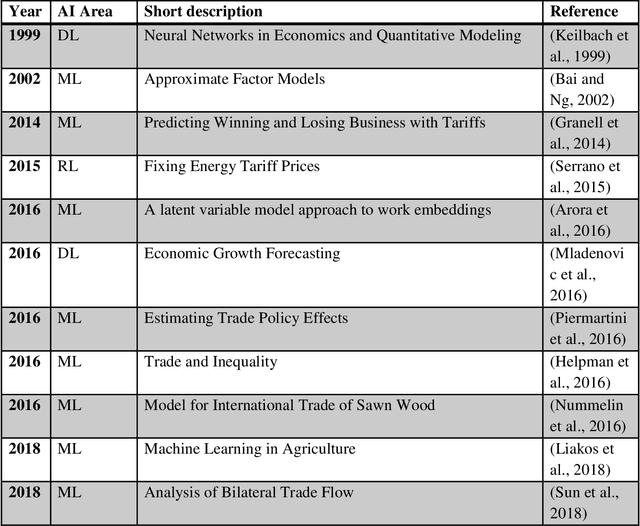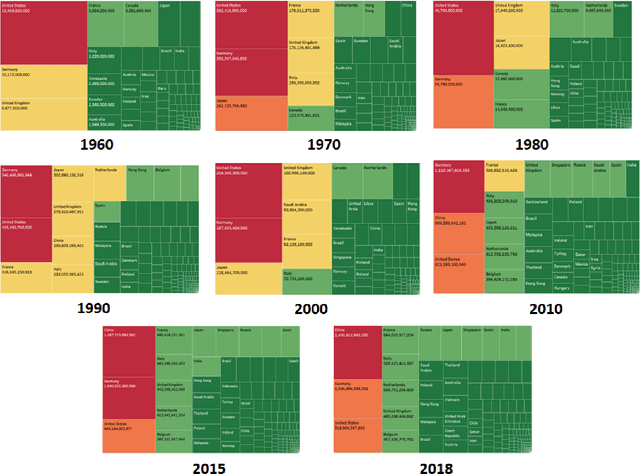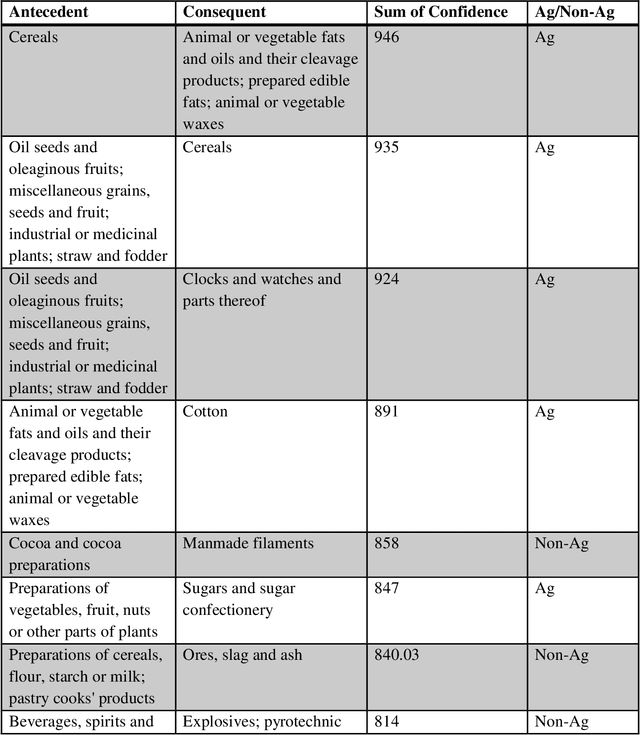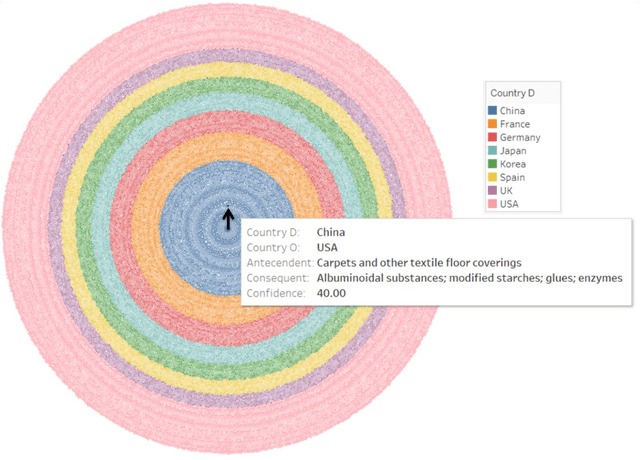Munisamy Gopinath
A Review of Cybersecurity Incidents in the Food and Agriculture Sector
Mar 12, 2024Abstract:The increasing utilization of emerging technologies in the Food & Agriculture (FA) sector has heightened the need for security to minimize cyber risks. Considering this aspect, this manuscript reviews disclosed and documented cybersecurity incidents in the FA sector. For this purpose, thirty cybersecurity incidents were identified, which took place between July 2011 and April 2023. The details of these incidents are reported from multiple sources such as: the private industry and flash notifications generated by the Federal Bureau of Investigation (FBI), internal reports from the affected organizations, and available media sources. Considering the available information, a brief description of the security threat, ransom amount, and impact on the organization are discussed for each incident. This review reports an increased frequency of cybersecurity threats to the FA sector. To minimize these cyber risks, popular cybersecurity frameworks and recent agriculture-specific cybersecurity solutions are also discussed. Further, the need for AI assurance in the FA sector is explained, and the Farmer-Centered AI (FCAI) framework is proposed. The main aim of the FCAI framework is to support farmers in decision-making for agricultural production, by incorporating AI assurance. Lastly, the effects of the reported cyber incidents on other critical infrastructures, food security, and the economy are noted, along with specifying the open issues for future development.
Public Policymaking for International Agricultural Trade using Association Rules and Ensemble Machine Learning
Nov 15, 2021



Abstract:International economics has a long history of improving our understanding of factors causing trade, and the consequences of free flow of goods and services across countries. The recent shocks to the free trade regime, especially trade disputes among major economies, as well as black swan events, such as trade wars and pandemics, raise the need for improved predictions to inform policy decisions. AI methods are allowing economists to solve such prediction problems in new ways. In this manuscript, we present novel methods that predict and associate food and agricultural commodities traded internationally. Association Rules (AR) analysis has been deployed successfully for economic scenarios at the consumer or store level, such as for market basket analysis. In our work however, we present analysis of imports and exports associations and their effects on commodity trade flows. Moreover, Ensemble Machine Learning methods are developed to provide improved agricultural trade predictions, outlier events' implications, and quantitative pointers to policy makers.
* Paper published at Elsevier's Journal of Machine Learning with Applications https://www.sciencedirect.com/science/article/pii/S2666827021000232
Application of Machine Learning in Forecasting International Trade Trends
Oct 07, 2019



Abstract:International trade policies have recently garnered attention for limiting cross-border exchange of essential goods (e.g. steel, aluminum, soybeans, and beef). Since trade critically affects employment and wages, predicting future patterns of trade is a high-priority for policy makers around the world. While traditional economic models aim to be reliable predictors, we consider the possibility that Machine Learning (ML) techniques allow for better predictions to inform policy decisions. Open-government data provide the fuel to power the algorithms that can explain and forecast trade flows to inform policies. Data collected in this article describe international trade transactions and commonly associated economic factors. Machine learning (ML) models deployed include: ARIMA, GBoosting, XGBoosting, and LightGBM for predicting future trade patterns, and K-Means clustering of countries according to economic factors. Unlike short-term and subjective (straight-line) projections and medium-term (aggre-gated) projections, ML methods provide a range of data-driven and interpretable projections for individual commodities. Models, their results, and policies are introduced and evaluated for prediction quality.
 Add to Chrome
Add to Chrome Add to Firefox
Add to Firefox Add to Edge
Add to Edge